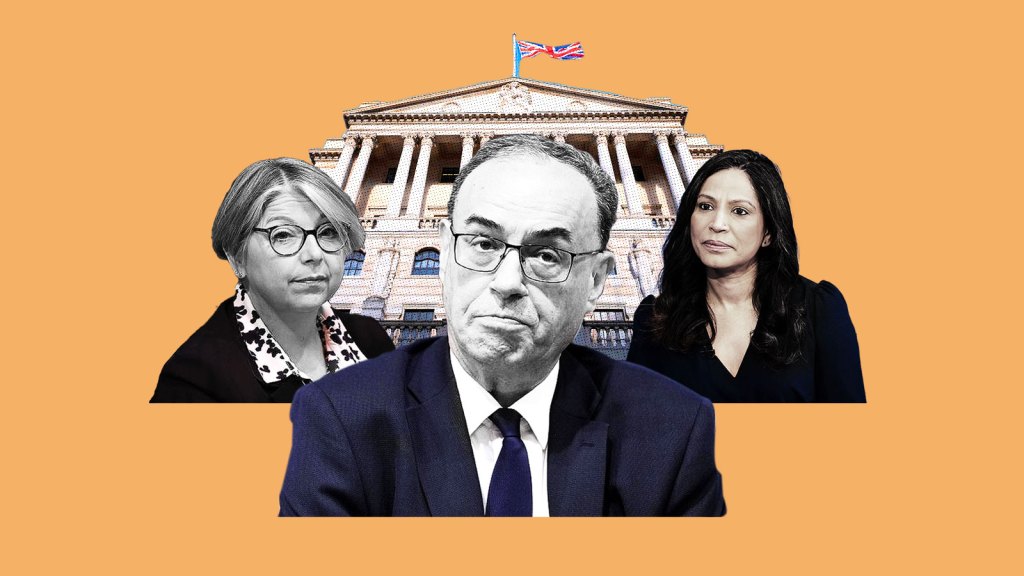Avoiding Setbacks in the Wind Power Sector: Lessons from Hornsea 4
The announcement that Orsted is halting work on its ambitious Hornsea 4 offshore wind farm may have surprised many, but the industry has been grappling with challenges for an extended period. Issues such as high inflation, supply chain disruptions, and rising costs are significantly impacting operations. In response, developers are adopting a more cautious strategy, aiming to lock down costs at the earliest stages.
The UK has been a frontrunner in offshore wind development and has the potential to maintain its leadership position. Despite the turbulence surrounding Hornsea 4, there remains substantial momentum within the sector.
Looking at the positives, the UK has established a robust offshore wind industry from the ground up, supported by a long-term policy framework that promotes growth through a mechanism known as “contracts for difference” (CfD). This annual auction system guarantees a set price for electricity generated from wind farms. If market prices exceed this “strike” price, energy companies reimburse the taxpayer, and if prices fall below it, compensation is provided.
This system is beneficial for all stakeholders, offering developers a level of price certainty that fosters long-term planning. Larry Fink from BlackRock emphasized the success of this approach at the UK government’s International Investment Summit, stating that the UK has prepared the groundwork, and it’s crucial not to disrupt this setup as we await investor participation.
Furthermore, the UK government’s Clean Power 2030 initiative has provided essential clarity for the industry, with an ambitious goal of achieving clean electricity generation by the decade’s end. This direction instills confidence, paving the way for increased investment.
Thanks to these measures, including government ambition and the CfD framework, the UK is attracting significant financial investments. For example, Scottish Power is advancing two major projects off the East Anglian coast, including a £1 billion contract with Siemens in Hull for blade manufacturing for East Anglia 2, and the recent initiation of offshore turbine installations for East Anglia 3.
Each of these wind farms is set to power over a million homes, with investments comparable to the market cap of a small FTSE 100 enterprise.
While the update regarding Hornsea 4 is indeed a setback, the UK has a wealth of opportunities ahead, with numerous projects ready to commence in its waters. Innovative floating wind turbines are on the horizon, designed for deployment in deeper waters like the Celtic Sea and off Orkney’s coast.
However, with the upcoming auction round on the horizon, it’s crucial to acknowledge the policy hurdles faced by developers. Achieving the Clean Power 2030 goals demands that this auction be the most successful to date, emphasizing the need to keep processes straightforward to ensure progress.
As highlighted by Fink, maintaining a functioning system is paramount. Policy uncertainty surrounding significant market reforms, such as zonal pricing, creates an environment of potential higher costs, which the industry seeks to avoid. Efforts to lower prices must be balanced to prevent reforms from inadvertently increasing expenses.
Additionally, there is concern regarding less developed projects participating in auctions without proper planning approvals, highlighting the distinction between these early-stage initiatives and established bidders with solid plans and a track record of delivery.
While it’s unlikely we will revert to unsustainably low auction prices, offshore wind continues to be one of the most cost-effective methods of energy generation essential to meet the projected doubling of electricity demand.
However, expanding renewable energy capacity is just one aspect of the equation. Upgrading the infrastructure to transmit power effectively is critical. Recently, we announced a partnership with the National Wealth Fund to drive investment in the electricity grid as part of our £10 billion initiative to modernize the aging power system to ensure reliable green energy and connect more households and businesses.
We are increasing our electrical network workforce to support this initiative while also investing in the UK supply chain to encourage further investment.
Ultimately, it’s vital to understand the purpose behind these efforts. The push for renewable energy extends beyond political agendas surrounding net zero; it is fundamentally about driving economic growth.
Regardless of political affiliations, electricity demand is set to rise. Britain must establish the right infrastructure to support this growth, or risk falling behind. As the government navigates investment vs. policy shifts, it must remain vigilant not to undermine the progress already achieved.
Keith Anderson is the chief executive of Scottish Power.




Post Comment